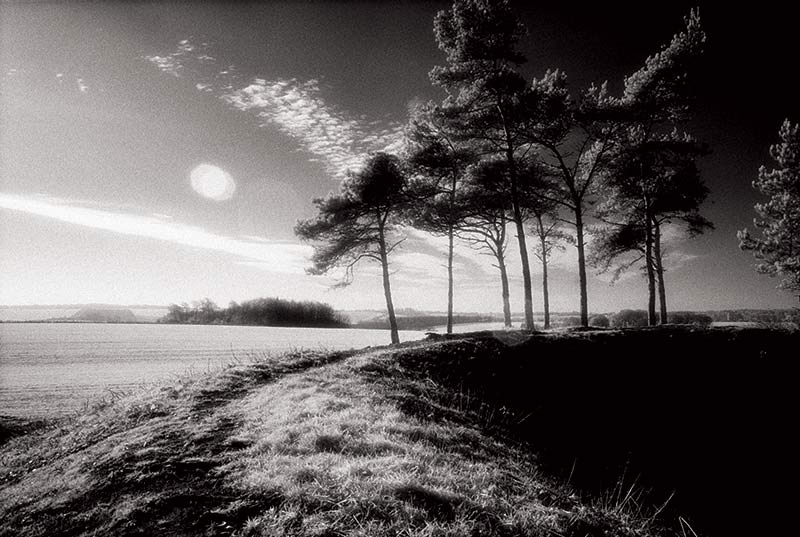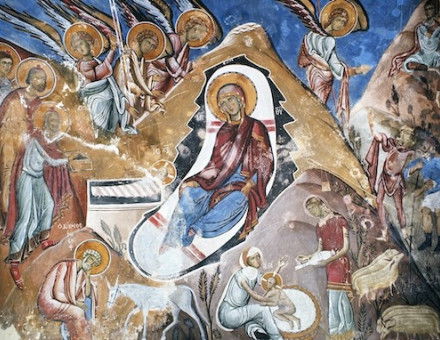Legends and Locations
A historical landscape is impossible to recover, but we can still feel its power.
 There are some historical events which only come sharply into focus when you stand on the spot where they took place. I was reminded of this recently when I visited an unassuming hillside mentioned in a memorable story in the Anglo-Saxon Chronicle, concerning something which happened during a Viking raid on southern England in the reign of Æthelred II. It is a slightly mysterious story, a glimpse into a long-vanished landscape of power that now only survives half-hidden in the name of a Berkshire barrow mound.
There are some historical events which only come sharply into focus when you stand on the spot where they took place. I was reminded of this recently when I visited an unassuming hillside mentioned in a memorable story in the Anglo-Saxon Chronicle, concerning something which happened during a Viking raid on southern England in the reign of Æthelred II. It is a slightly mysterious story, a glimpse into a long-vanished landscape of power that now only survives half-hidden in the name of a Berkshire barrow mound.







